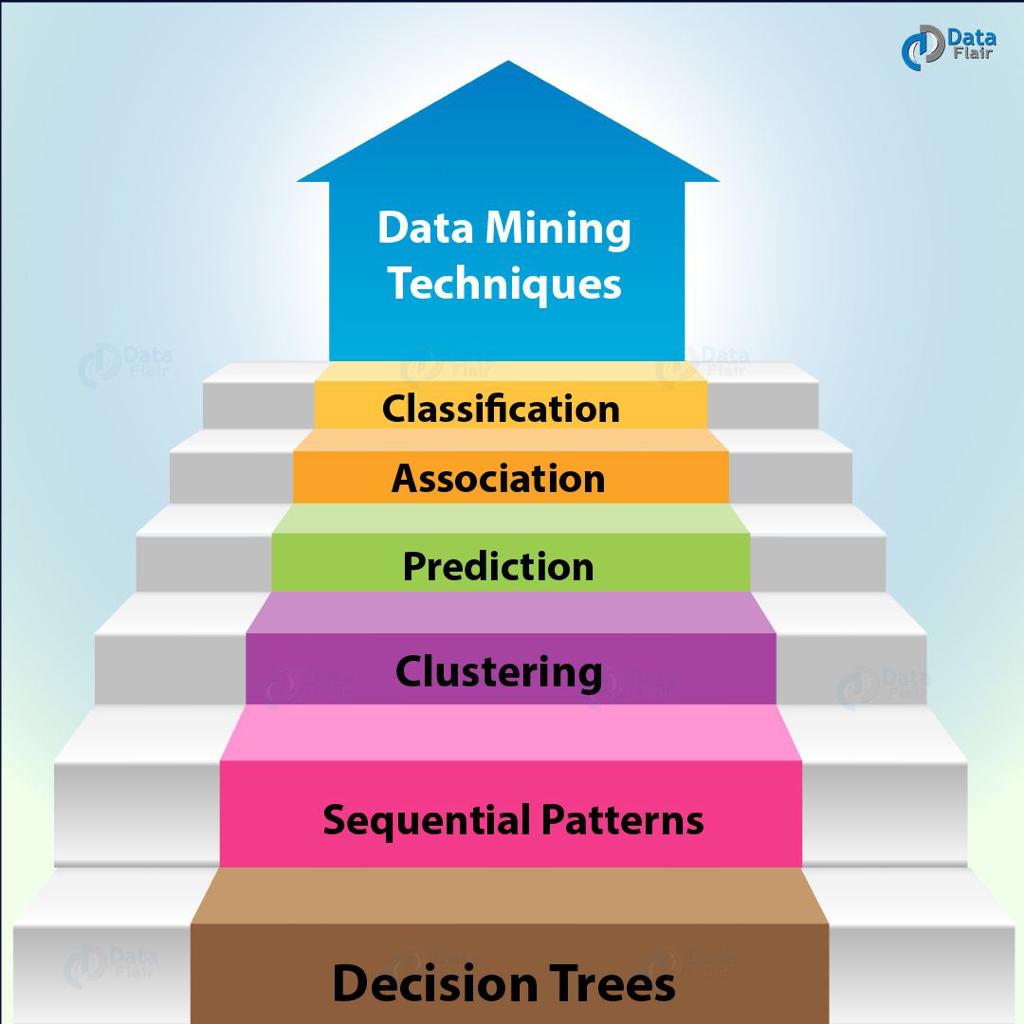Data Mining Techniques and Prerequisites

In previous articles, we examined the concept of data mining, its uses, and algorithms. Here, you will get acquainted with the data mining techniques as well as the prerequisites necessary for this knowledge.
Data mining methods
The general steps in a data mining process are summarized as follows:
- Extraction, transference, and storage of data in multidimensional databases.
- Giving data mining software access to business layer data.
- Displaying the results of the analysis in a simple form such as a graph or chart.

The data you collect for processing and analyzing may include information about people’s daily exchanges, logical data stored in databases, or forecasts and probabilities. Remember that data also requires preprocessing and post-processing.
The next step is to select a suitable algorithm to implement the desired data mining model. We have reviewed these algorithms in detail in the article named “Best Data Analysis Algorithms.”
Classification, clustering, regression, outer, sequential pattern, prediction, association rules, and reinforcement are techniques that are widely used in this field to find the relationship between data.
Here we discuss the three techniques Classification, clustering, and reinforcement. In general, data mining techniques are in one of these three categories or a combination of them.

Classification
In this method, the software labels the data based on the defined properties and groups them into different classes. The algorithm can learn the tagging model to label new samples.
For example, consider a bank manager who categorizes 1,000 customers into two categories: good customers and bad customers. The software uses this data and mining algorithms to understand a good customer’s characteristics and distinguish them from the bad ones. This separation is a type of learning after which the algorithm can apply its model to new data and automatically identify the good and bad customer.
Clustering
In this technique, the algorithm groups the data by their nature. For example, it divides customers into different groups, each of which has similar characteristics. One group may make small but expensive purchases, while another one may make small, consecutive purchases over a short period.
Reinforcement Learning
In this data mining technique, the algorithm discovers data and learns continuously by exchanging information with the environment.
For example, consider a self-driving car that wants to cross a freeway safely. This car can interact and learn about the environment by simulating the movement of other vehicles. This knowledge improves over time so that the car can safely cross a highway with minimal error.
Similarly, consider an algorithm that intelligently interacts with the environment and simulates it to design various forms of a shopping cart to create the best design for the user and, as a result, maximize profits for an online store. Internet is slow.

Prerequisites for learning data mining
Data mining requires knowing about math and statistics, programming, business concepts and communications. Knowledge in the following areas is necessary to start learning data analysis:
- Machine Learning
- Linear Algebra
- statistical analysis
- Database and data retrieval
- Algorithms and data structures
- Artificial intelligence
- Problem-solving ability
Learn to work with software such as Weka RapidMiner is recommended to start data analyzing training.
The R and Python programming languages are well established in this area. R language has strong support and can work well with Java and C in the sober analysis.
Python language is also widely used in data mining and machine learning. It is popular among programmers in this field due to its many libraries and frameworks. Python is also suitable for large projects, and if you are familiar with object-oriented programming, it is easier for you to learn Python.
Data mining methodology issues
After reviewing data mining techniques, we talk about their problems here. This issues are related to existing methods for data mining and their limitations, such as adaptability. In fact, providing ways that have low complexity and can be generalized to various issues, and, at the same time, can work with large volumes of data is one of the challenges of this task.
Performance issues
There are much artificial intelligence and statistical methods used in data mining. Most of these methods are not designed for massive data sets, and this is the challenge that data mining is grappling with these days.
Data resource issues
There are many issues with the data sources needed/used for data mining. Some of these problems are practical, such as data diversity, and others are more philosophical issues, such as data accumulation. There is now more data than can be managed. Humans, on the other hand, are still collecting data at even higher rates. The development of database management systems has been one of the factors that have significantly contributed to data collection growth.

Leave a Comment